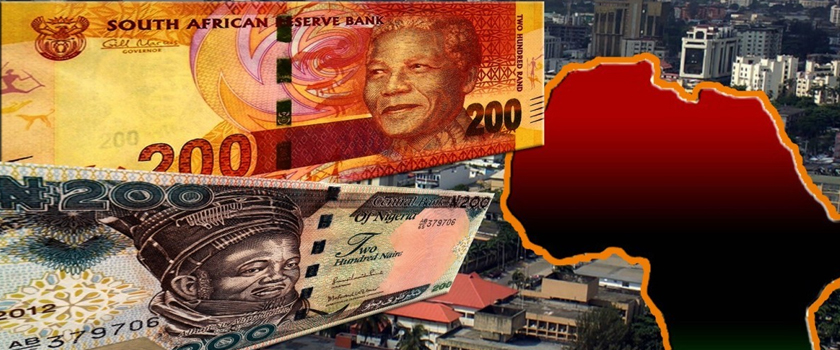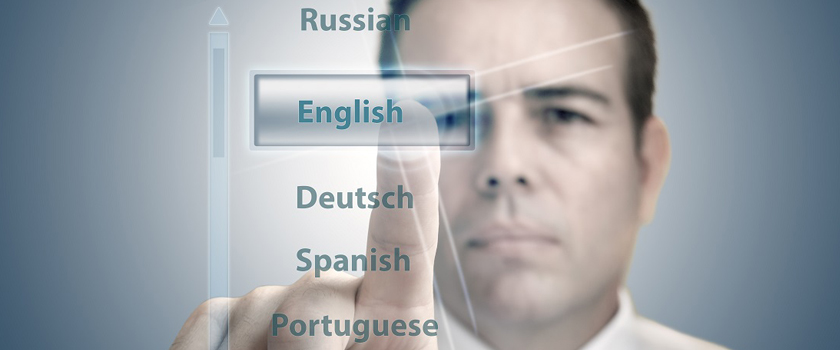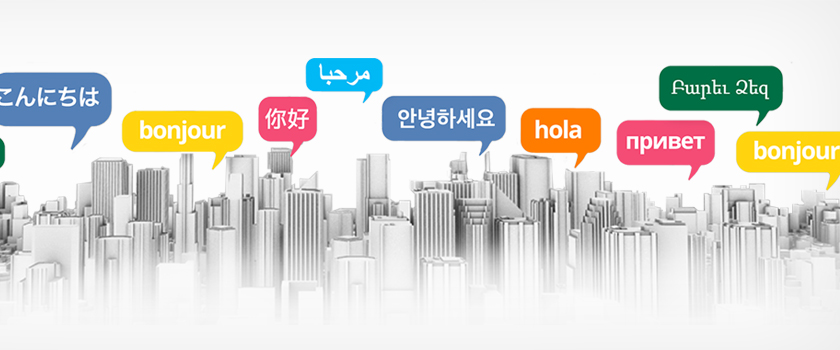2025 Offer Request a Quote Today and Grab a $50 Coupon for Free!
The Philippines is a Southeast Asian country located in west of the Pacific Ocean. Composed of over 7,000 islands, this small region is a mix of cultures and boasts of a fusion of nationalities originating from different backgrounds and countries. You will most likely think that this town will have 50 or so languages.
But that is not the case. So exactly, how many languages are spoken in the Philippines?
The country of Philippines, with a modest population of 85 million, is home to more than 170 languages. Not as much as Papua New Guinea which has approximately 820 languages—but still, 170 is a big number.
It is, however, interesting to note that most of these languages have native speakers that number in thousands—unlike other countries that have small groups of native speakers.
One would most likely believe that native settlers in the Philippines brought Filipino with them. But stop to think just how many languages are spoken in Philippines—more than 170!
In total, there are around 120 to 175 languages in the Philippines, depending on how they are classified. In the 19th century, the lingua franca was Spanish due to Philippines being under the colonial influence of Spain. In fact, Filipinos were forced to use Spanish as the language of communication in government and in schools. English replaced Spanish as the official language after the American colonization from 1898 to 1946.
The post-colonization era is marked by the growing influence of English, which began to be widely used as a means of communication till Philippines gained independence after a few years when Tagalog was declared its official language. In 1937, it was decided to choose a national language from among the native languages. English and Tagalog—the forerunner of the present “Filipino” language, are the two official languages spoken today.
The “Filipino” language is exclusively composed of Tagalog as spoken in the Manila region. It is spoken as a first language by approximately a third of the population and as a second language by the remaining population.
In the Philippines, there are 13 languages with at least 1 million speakers all over the country. These languages are Cebuano, Tagalog, Bikol, Albay Bikol, Pangasinan, Maguindanao, Maranao, Tausug, Hiligayno, Ilokano, Kapampangan, Kinaray-a, and Waray Waray. Most of these languages, derived from Malayo-Polynesian roots
There are hundreds of dialects found in the Philippines, with variations between towns on the same island. While there are many native speakers of these regional languages, most Filipinos speak a mix of Filipino derived from Arabic, Spanish, and Chinese as well as the English language.
The islands don’t have influences of English and Filipino only.
The Filipino people have their ancestors in Malays, who came from Southeast Asia, the area which is now called Indonesia. And long before Europeans began to set foot on these islands, the natives were familiar with Chinese and even Japanese. All these languages have left a mark on the language spoken presently in the Philippines Islands.
Despite the fact that the Philippines has undergone several colonization rules and has changed its constitution a few times, many languages still have native speakers. Those who were highly influenced by Spanish settlers retained the use of Chavacano—a derived language of Spain. The native populations influenced by the Muslims in the Southern part of the country still include Arabic as a second language. In fact, it seems like since the conquerors of the Philippines came from varied backgrounds, they all left influences on the natives who retained some expressions of their languages. This can be seen in the number of languages that are spoken by Filipinos today—more than 170, all belonging to different dialects and backgrounds.
Trade and tourism also influence the local languages and they have been a contributing factor in answering the question of how many languages are spoken in Philippines.
The vast number of languages spoken in the Philippines owes to the trade and commerce practices of the Islands, especially the tourism industry. The Philippines and its islands are renowned for their picturesque beauty and tourism spots. As more people flock the islands, they bring in the tones, sounds, accents and dialects of their countries to these places, leaving an influence on the languages.
In contrast to what most people perceive, the Philippines and its native population has retained its native roots, holding on tight to the language of their ancestors through the times. This positive factor, combined with the eagerness to learn new languages has lent numerous benefits to the Filipinos—of which hospitable nature, a motivation to help others and pride in their own heritage are a few. Today, along with 170 other languages, Filipinos can speak foreign languages such as Malay, Indonesian, Chinese, and even Japanese.
If you need the translation in any of these languages or any other language, we have got you covered. With a pool of native translators from all across the world, Mars Translation covers around 2000 different language pairs. To boost your global success, we offer robust language solutions for websites, games, e-learning programs, documents, and whatnot! We offer fast and reliable results for all types of content and ensure high quality by following strict quality control measures. Want to know more? Get in touch now!

On the Labour Day Holiday, 147,000,000 Plus Chinese people choose to travel around the country. Labour Day is one of the
Read more
There are 196 countries in the world in which 25 of them are very rich which shows that they are
Read more
dwg: It means a drawing file save format created by AutoCAD, and now has been the standard format of 2D
Read more
To sum up the publicity stance, sometimes the marketing campaigns do not have their envisioned result. When publishing the brand ads
Read more
The state of Assam is the king producer of tea in India; Dibrugarh is the hub of tea gardens in
Read more
Digital signage is the form of electronic display that shows information, advertising and other messages. Digital signage such as LCD,
Read more
Did you know that Malay’s official name is Bahasa Malaysia? Did you know that it is basically a parent language
Read more
Portuguese is the language that far too often gets ignored. But the truth is Portuguese is one of the world’s
Read more
For the past 5-6 years, Translation Services have seen a great boom in business. Although, large corporate firms have been
Read more

